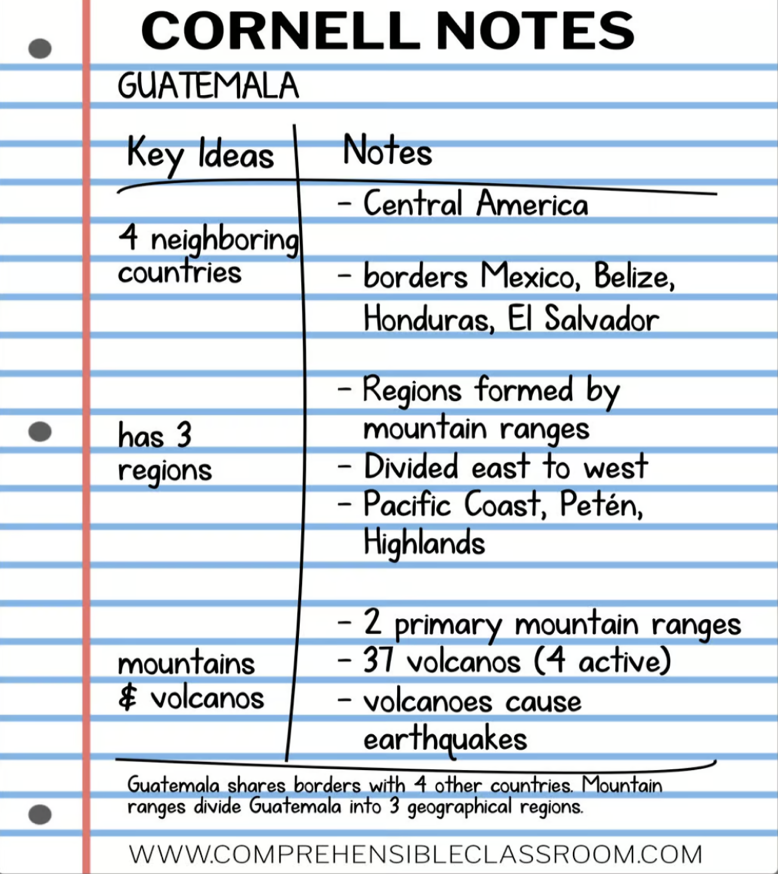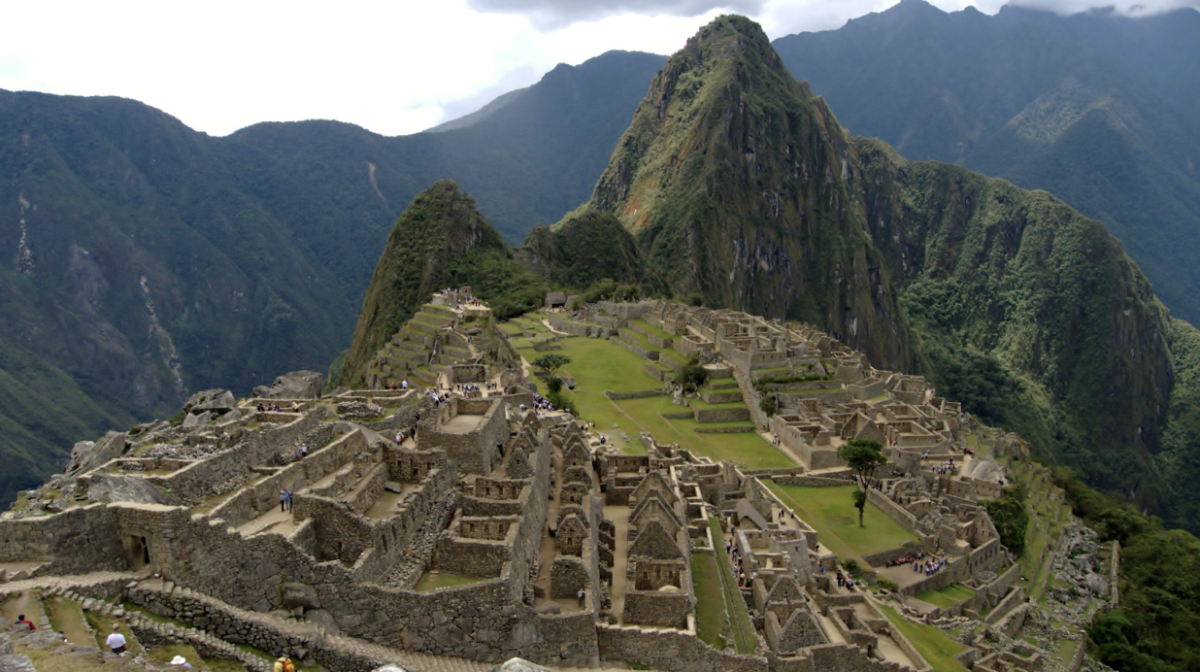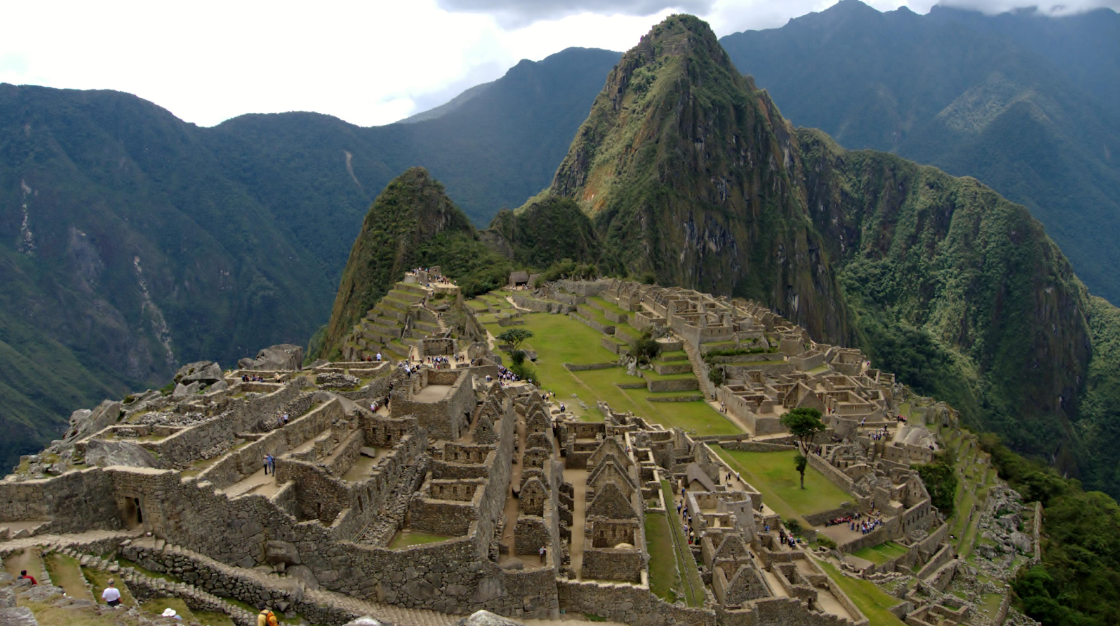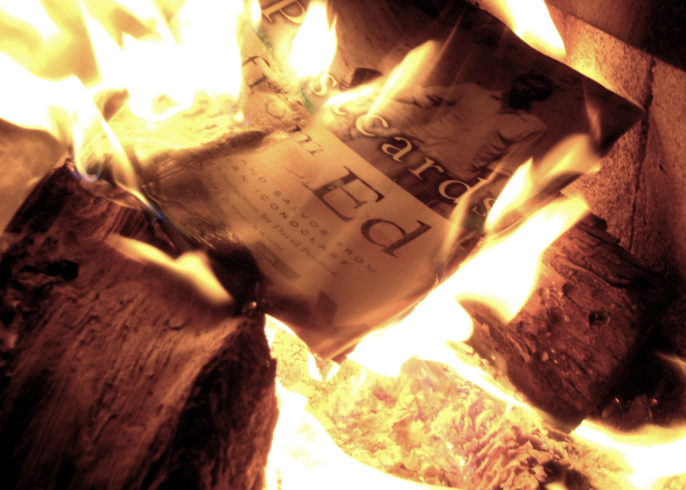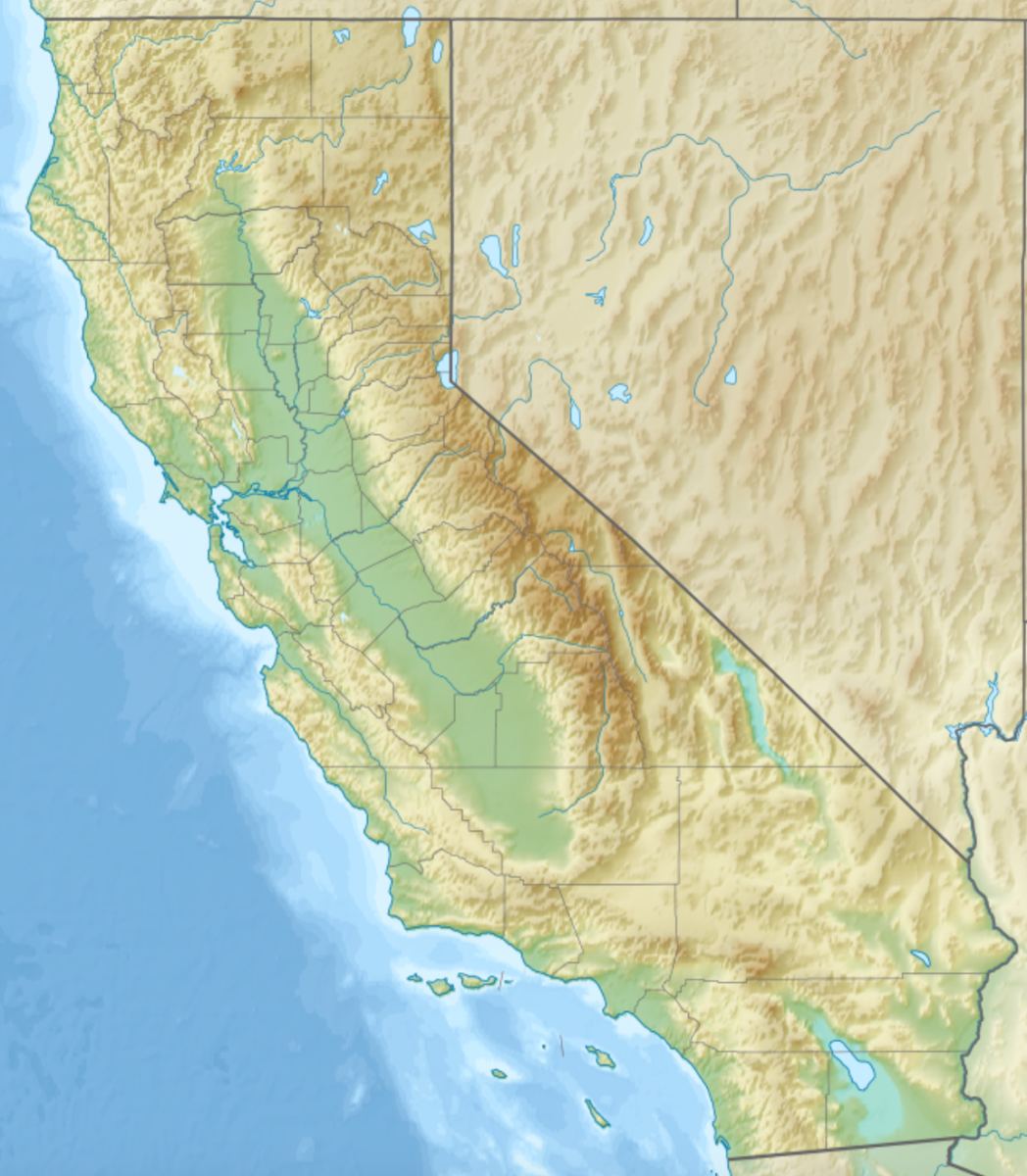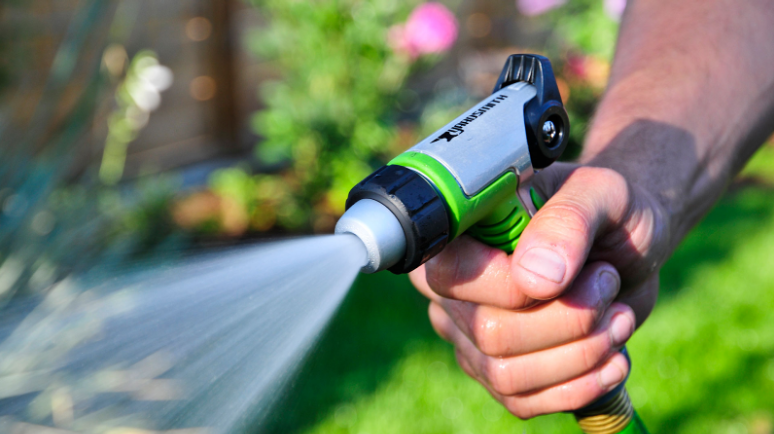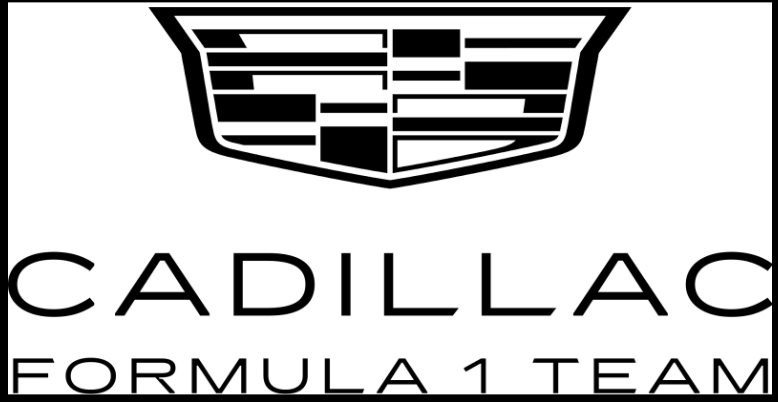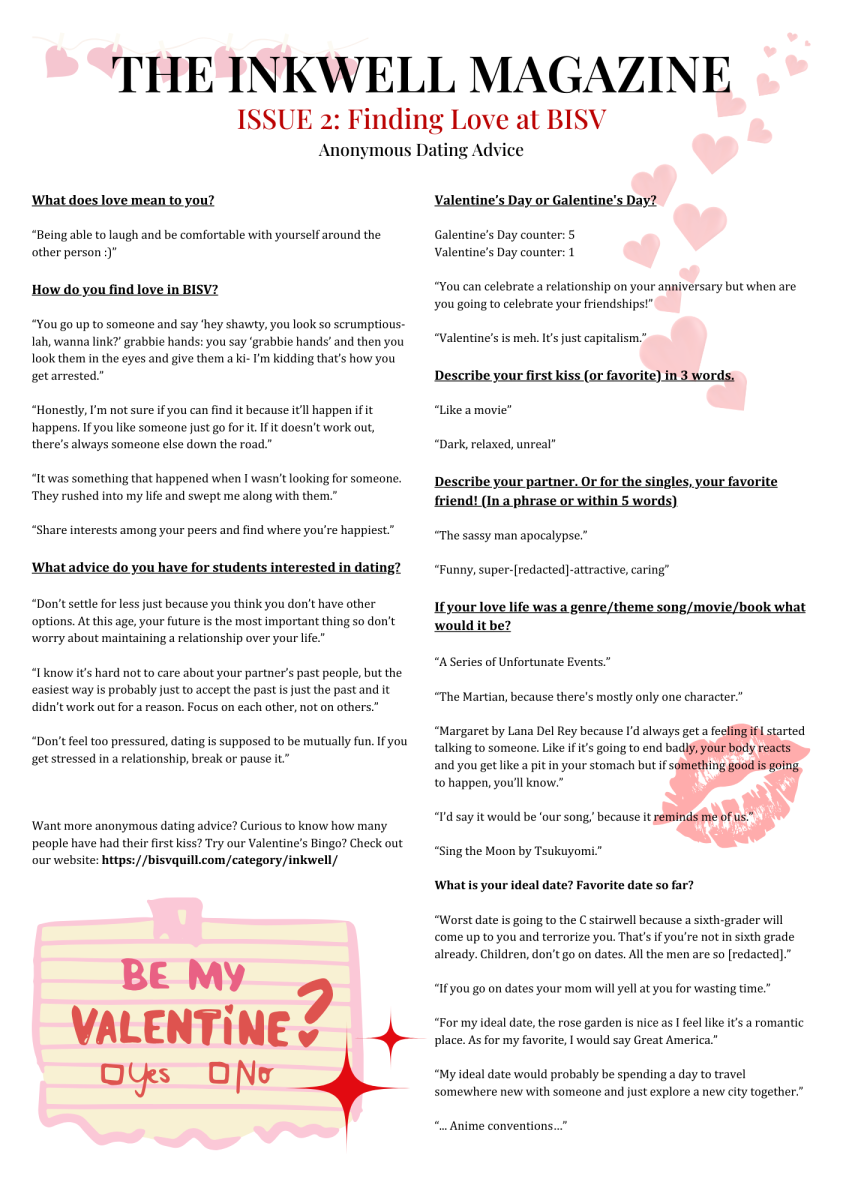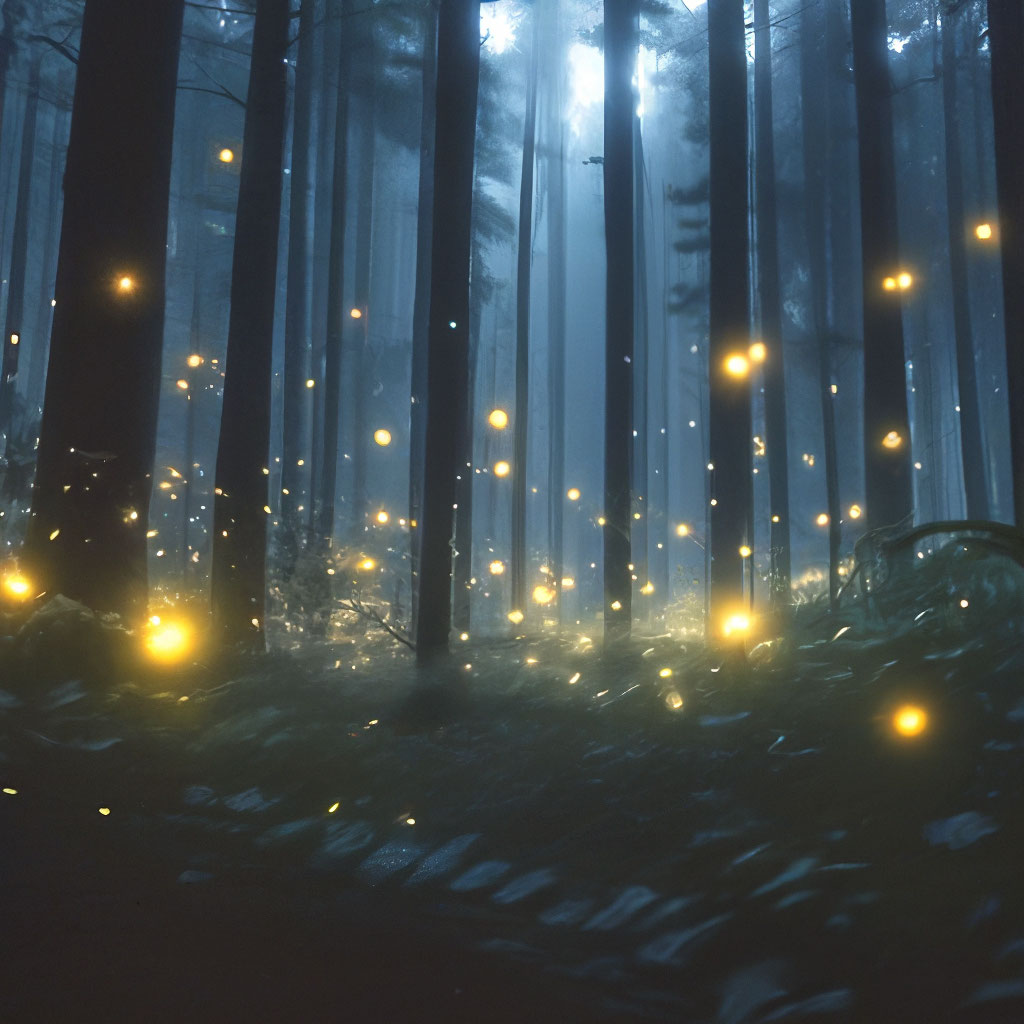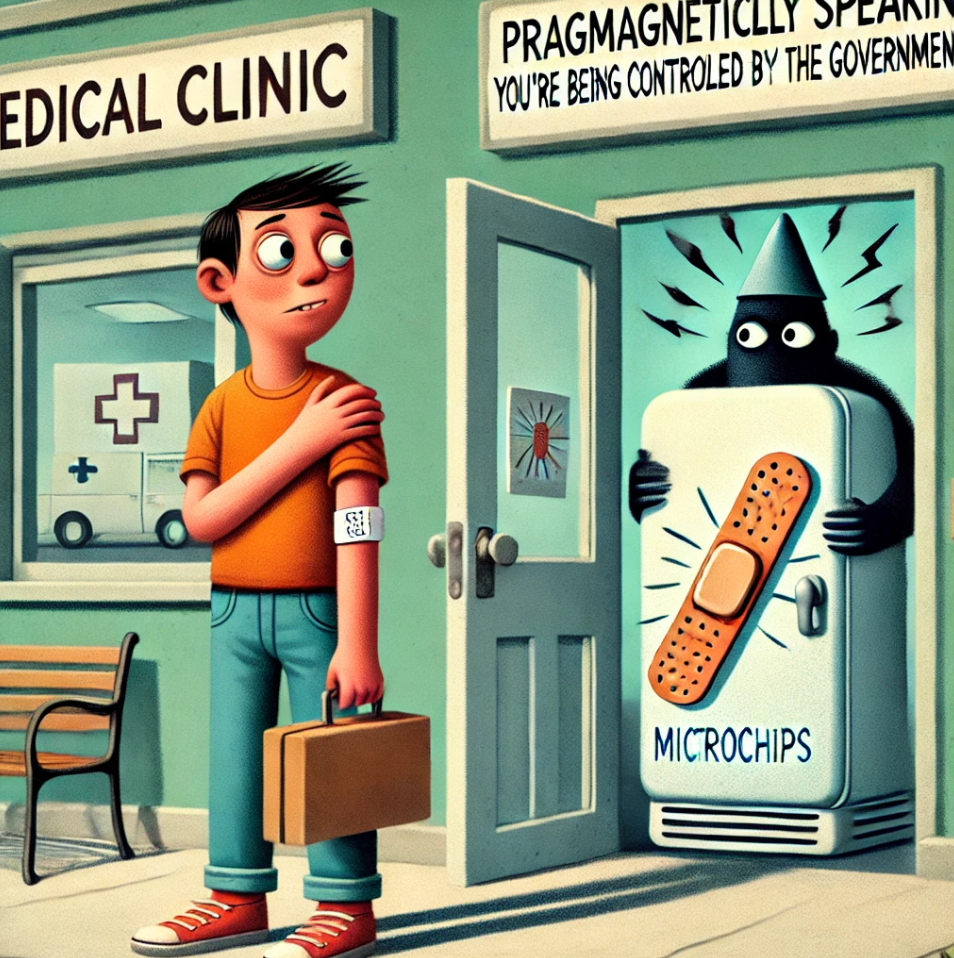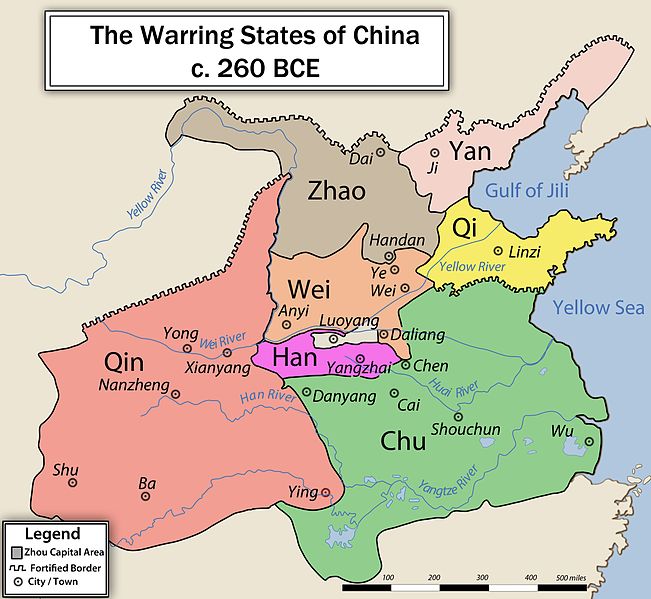Nuclear power is a rather touchy subject. On one hand, one imagines a giant mushroom cloud completely destroying one’s property and edible possessions. On the other hand, one imagines lots of electricity. With varying and haphazard success, this article will attempt to summarize the gist of the nuclear argument with a heavy reliance on Wikipedia and no experience in the subject (probably for the best).
Before we consider the risks of nuclear power, we must first learn how a nuclear power plant works, because education is always our number one priority here at The Quill. A nuclear power plant’s core houses rods of radioactive metal, which, through the power of neutrons and fission, produces heat. This heats up water, which turns to steam. The steam then turns the wheels of a turbine, producing electricity. However, if this process produces too much heat, the power plant may undergo a meltdown. Nuclear reactors don’t usually explode–they just melt, kill employees, and make the surrounding area unlivable, as opposed to an explosion, which is pretty much just that but on a larger scale. To prevent something unfortunate from occurring, nuclear reactors usually have control rods–rods made of elements that can absorb the neutrons without themselves blowing up. The control rods help keep the reactor from overheating by taking away excess neutrons, much like how parents take away excess candy to keep their children from dying prematurely. They also fill the reactor core with water, which cools down the neutrons and takes away their energy so that they can’t overheat the reactor, much like the aforementioned analogy. This system works great until it stops working great–the control rods malfunction, the water drains, or really any number of disastrous events occur. Then it melts down. Proponents of nuclear reactors say that they are very safe, create jobs, and provide large amounts of clean energy, while opponents say that nuclear reactors are dangerous, cost too much to build and maintain, and produce dangerous waste. But who’s right?
Safety, of course, is number one. According to a trusted and reliable source frequently lauded by teachers across the world (Wikipedia), there have been at least 99 incidents and 28 more serious accidents. The most well-known, of course, are Chernobyl and Fukushima, both of which caused thousands of deaths and billions of dollars in damage. If we look at a study done from 1970 to 1992, there were only 39 employee deaths caused by nuclear reactors, compared to 6,400 coal plant deaths and 1,200 natural gas deaths. This is not the full story, however. Nuclear reactors don’t just kill employees–they kill civilians too. Unfortunately, the full extent of deaths caused by nuclear reactors cannot be easily quantified, since we don’t know if a case of cancer was natural or caused by radiation. According to the aforementioned reliable source, reports of civilian deaths from the Chernobyl disaster vary wildly, with the World Health Organization suggesting around 4,000 and a report by Greenpeace, an environmentalist group, estimating around 200,000. Coal plants, on the other hand, produce over 8 times the deaths that nuclear plants do. Meltdowns can also cause widespread radiation pollution and destruction of property, which brings us to our next point.
Money is an important consideration; after all, people and governments die without it. Nuclear reactors can cost up to $10 billion to build, an extremely significant investment. If a nuclear reactor melts down, all that money goes to waste, which is why governments are hesitant to build them. The oft-cited Chernobyl incident alone cost an estimated $700 billion, almost as much as the US military expenditure per year. However, they can produce a lot of electricity–one nuclear power plant can produce about a gigawatt of energy, and the 94 nuclear reactors in the US contribute almost 20% of its energy production. Nuclear reactors likely do not make enough money to pay off their massive initial expenditure, but there is another factor to consider: green energy.
The energy production of nuclear reactors is almost entirely clean, producing nearly no carbon emissions. The fueling of nuclear reactors, on the other hand, takes a lot of energy, which itself is mostly produced by fossil fuels. Nuclear reactors do also harm the environment in other ways. Radioactive waste is usually stored underground to prevent damage to people. Unfortunately, sometimes radioactive waste doesn’t leave the reactor under regulated conditions. When a nuclear reactor undergoes a meltdown, it can cause severe damage to the environment and irradiate the surroundings, which can lead to cancer for people. Nuclear reactors may also flush excess heat into the nearby bodies of water, severely damaging the marine ecosystem. This is bad.
The issue of nuclear reactors is fraught with arguments and things to consider. Although they cost a lot and can harm the environment, they are a good source of clean energy and are relatively safe compared to other energy sources. The task of deciding whether or not to partake of the nuclear pie is, fortunately, not one you will be burdened with in the near future (hopefully).
Works Cited
“Advantages and Challenges of Nuclear Energy.” Department of Energy, 11 June 2024, https://www.energy.gov/ne/articles/advantages-and-challenges-nuclear-energy. Accessed 2 October 2024.
“Can Nuclear Power and Coal Plant Communities Bail Each Other Out? – Kleinman Center for Energy Policy.” Kleinman Center for Energy Policy, 12 July 2023, https://kleinmanenergy.upenn.edu/news-insights/can-nuclear-power-and-coal-plant-communities-bail-each-other-out/. Accessed 2 October 2024.
“Control rod.” Wikipedia, https://en.wikipedia.org/wiki/Control_rod. Accessed 2 October 2024.
“Environmental impact of nuclear power.” Wikipedia, https://en.wikipedia.org/wiki/Environmental_impact_of_nuclear_power. Accessed 2 October 2024.
“List of nuclear power accidents by country.” Wikipedia, https://en.wikipedia.org/wiki/List_of_nuclear_power_accidents_by_country. Accessed 2 October 2024.
“Nuclear.” Department of Energy, https://www.energy.gov/nuclear. Accessed 2 October 2024.
“Nuclear explained Nuclear power and the environment.” U.S. Energy Information Administration (EIA), https://www.eia.gov/energyexplained/nuclear/nuclear-power-and-the-environment.php. Accessed 2 October 2024.
“Nuclear Reactor – Understanding how it works | Physics Elearnin.” YouTube, 23 April 2013, https://www.youtube.com/watch?v=1U6Nzcv9Vws. Accessed 2 October 2024.
Plumer, Brad. “Why America abandoned nuclear power (and what we can learn from South Korea).” Vox, 29 February 2016, https://www.vox.com/2016/2/29/11132930/nuclear-power-costs-us-france-korea. Accessed 2 October 2024.
“Why Is It So Hard to Stop Meltdowns?” YouTube, 13 October 2023, https://www.youtube.com/watch?v=Gpc_vF3e2PE. Accessed 2 October 2024.
Zenko, Micah, and Charles Perrow. “Nuclear and radiation accidents and incidents.” Wikipedia, https://en.wikipedia.org/wiki/Nuclear_and_radiation_accidents_and_incidents#List_of_nuclear_plant_accidents_and_incidents. Accessed 2 October 2024.
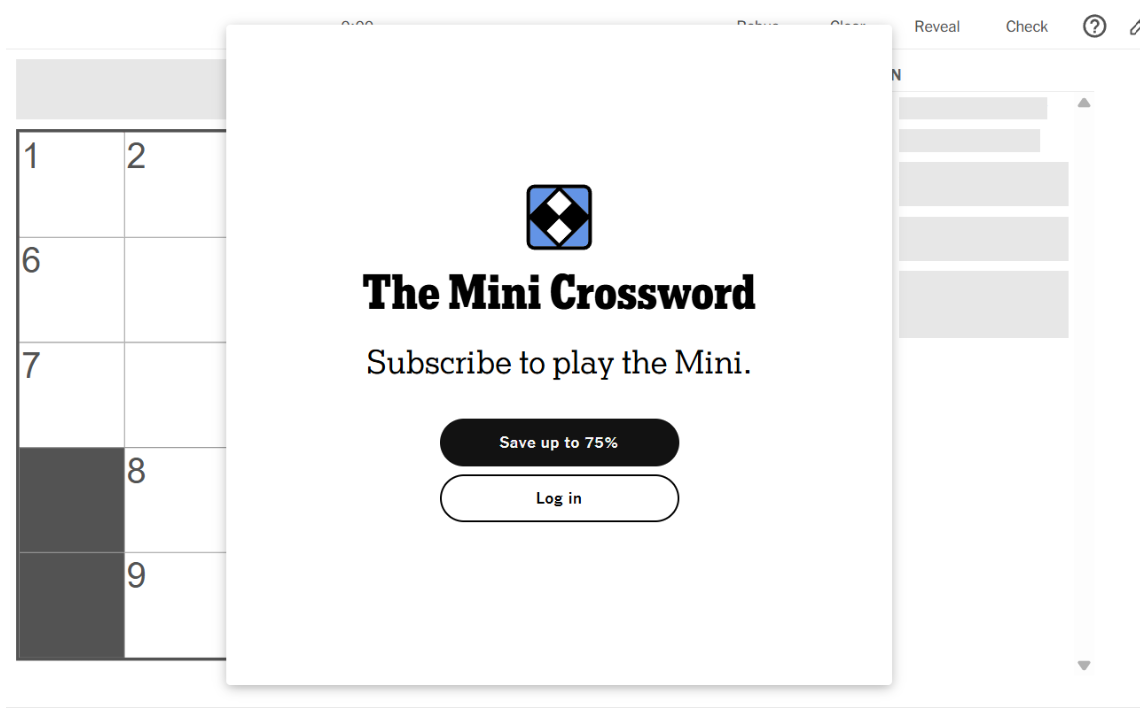



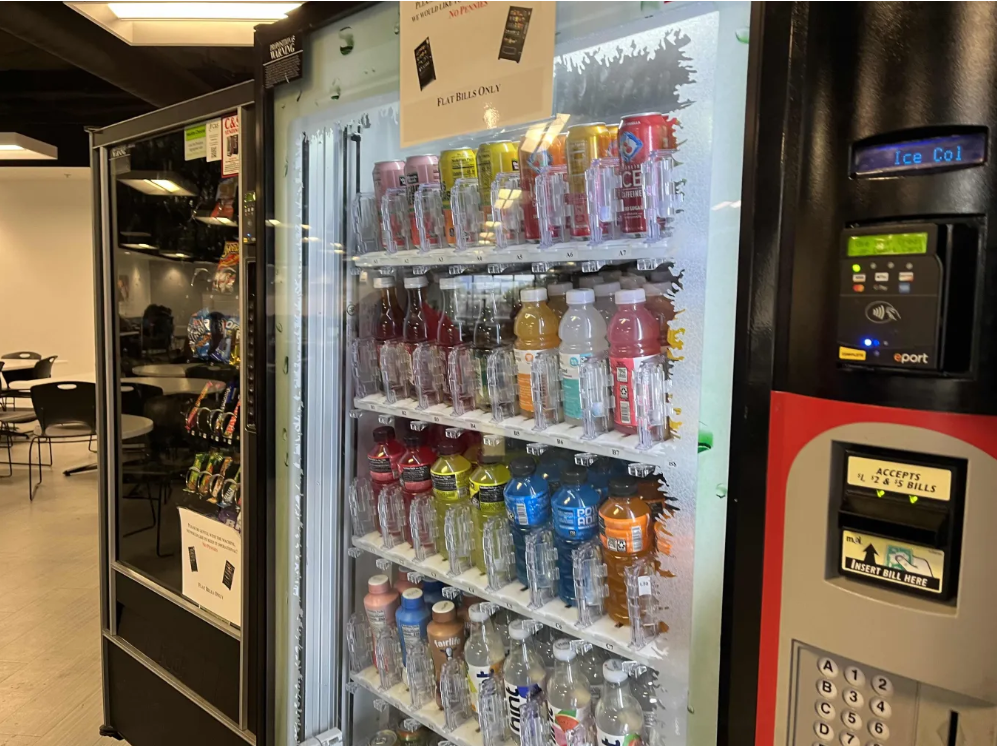


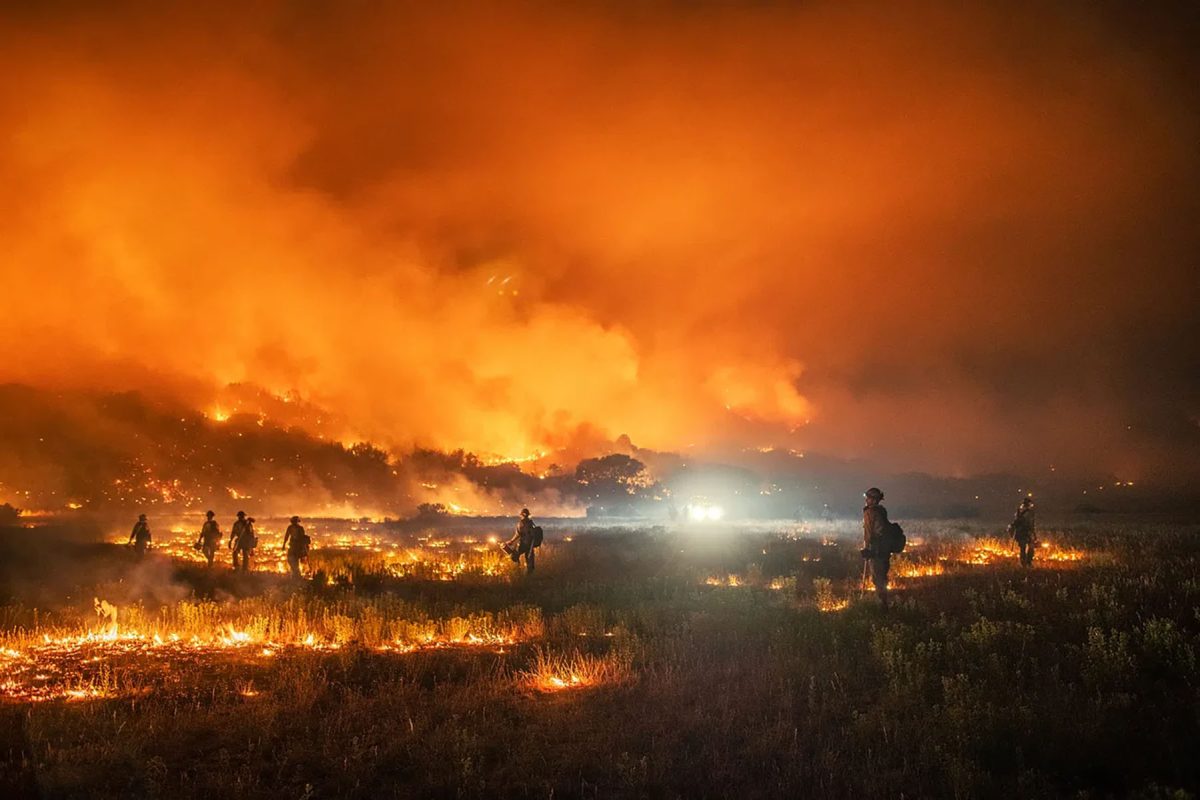

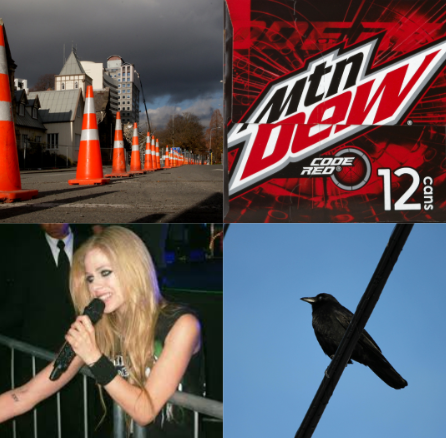







![Teacher [Milk] Tea: Part 2](https://bisvquill.com/wp-content/uploads/2024/03/Screen-Shot-2024-03-19-at-9.28.48-PM.png)
